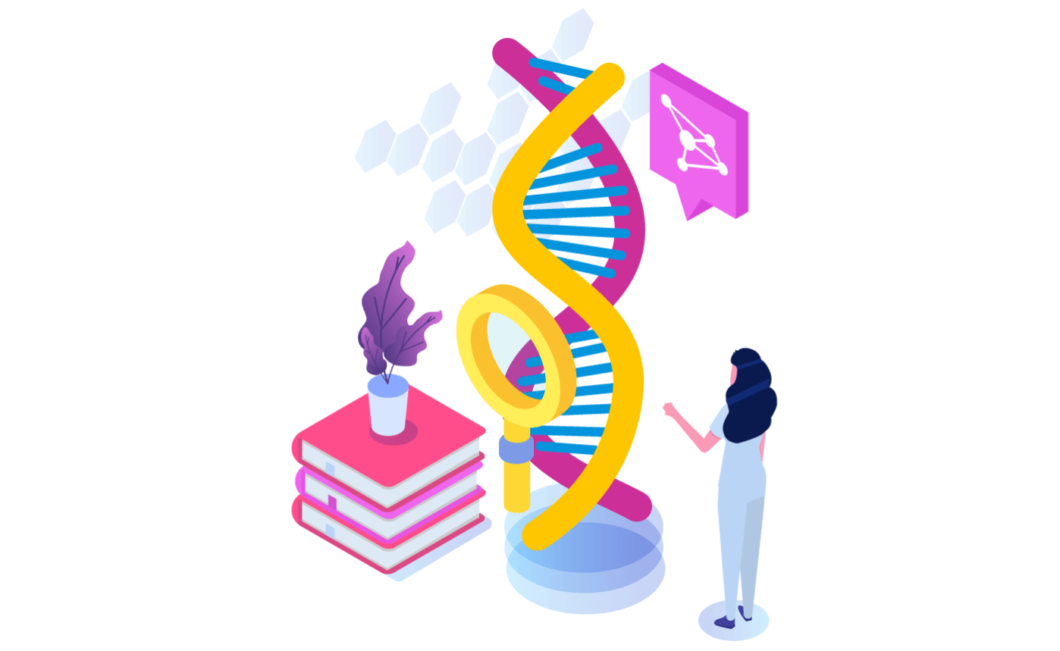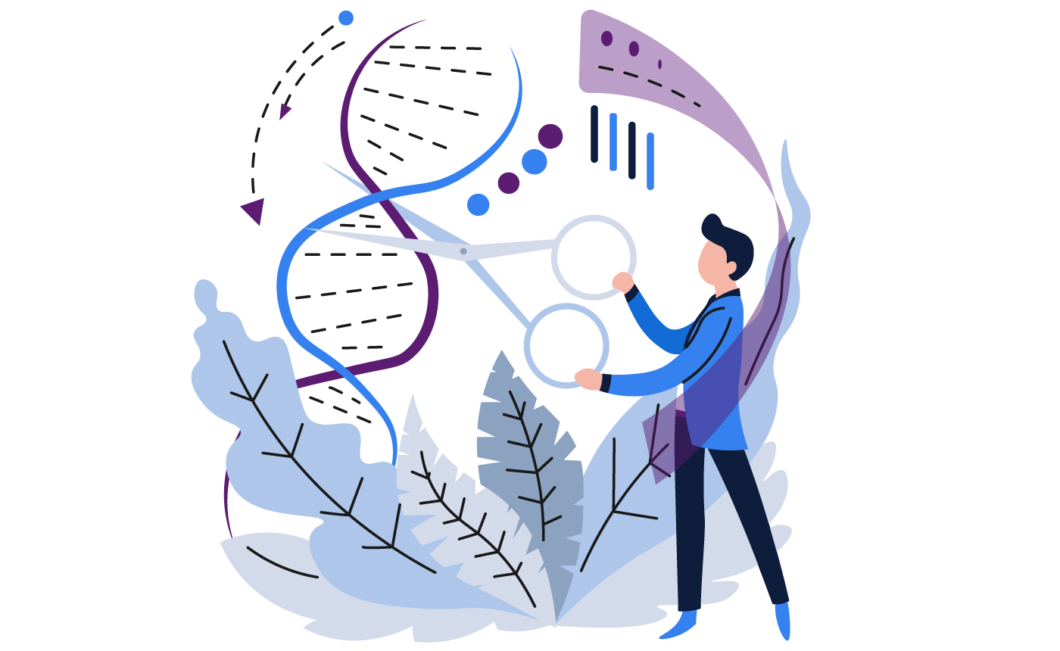In this course, Unix is introduced to students as one of the most convenient tools for dealing with big data in the life sciences, including next-generation sequencing (NGS). NGS technologies produce enormous amounts of data each run that are difficult to cope with using GUI based tools, and raw files are difficult to open either. For this reason, sequencing data are produced and stored as text files so that they may be processed and handled easily. People who are skilled in bioinformatics know very well how to analyze data with PERL/Python programming language. This is very convenient, easy, and saves a lot of time.
ArchivesTranscriptomics
Genome editing technology: CRISPR-Cas9
The CRISPR: Gene-Editing Applications online course provides an overview of the Clustered Regularly Interspaced Short Palindromic Repeats (CRISPR) gene-editing technology and its potential applications in a variety of industries.
This course will teach you about the basic principles of gene editing as well as how CRISPR-Cas9 works as a gene-editing technology. Throughout the eight weeks, you’ll learn about the major applications of CRISPR in the healthcare, agricultural, food, and energy industries.
You’ll get a deeper knowledge of the disruptive potential of biotech discoveries across numerous industries, as well as the capacity to explain your company’s biotech innovations to decision-makers.



